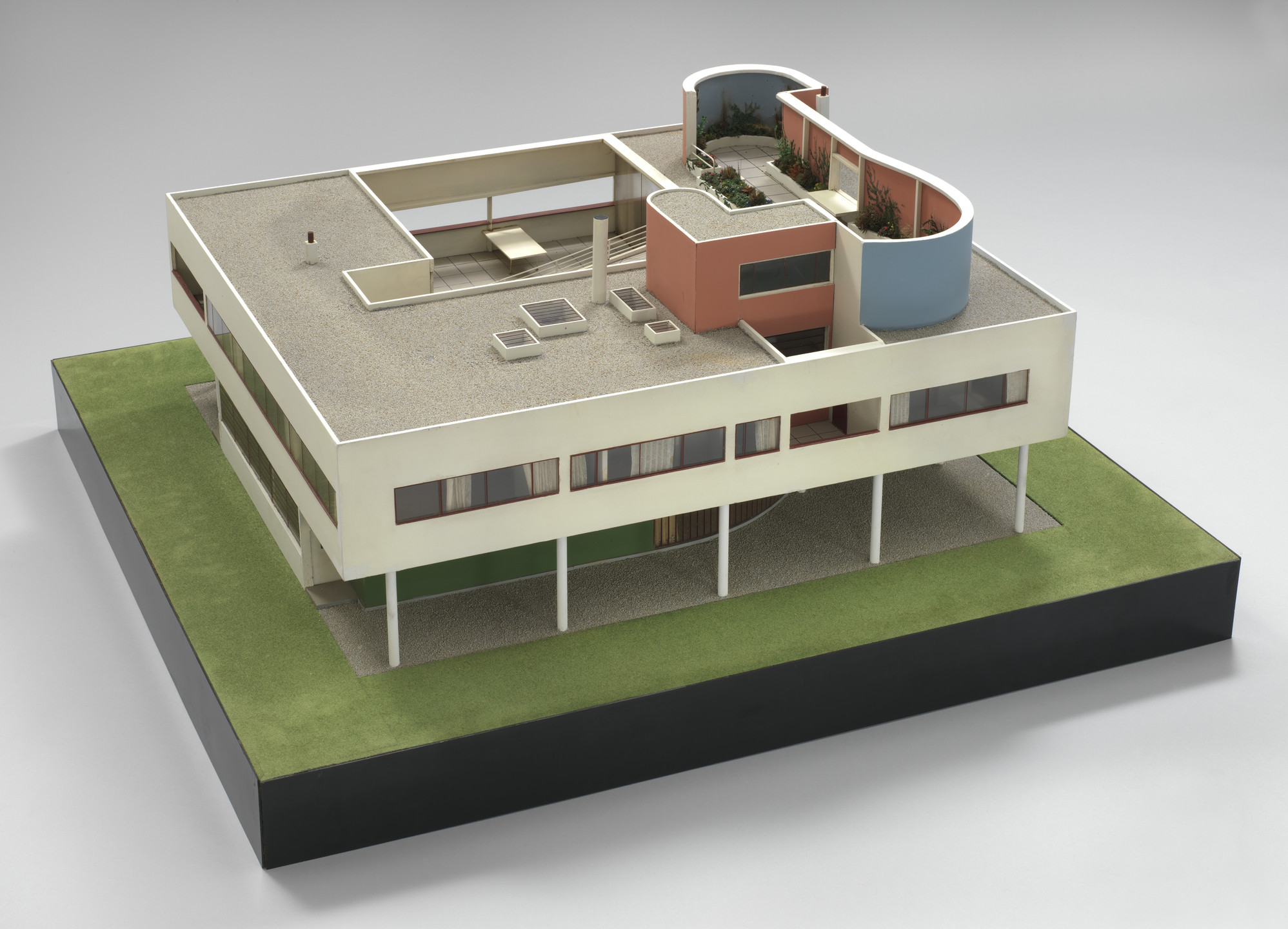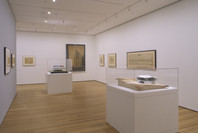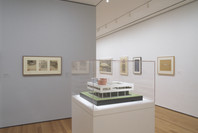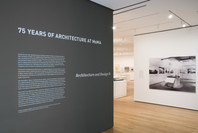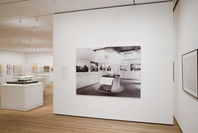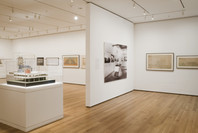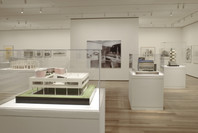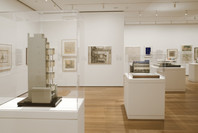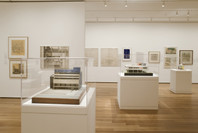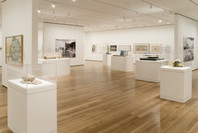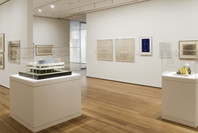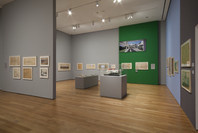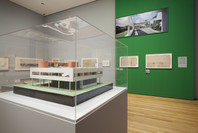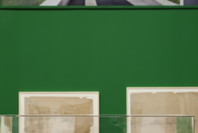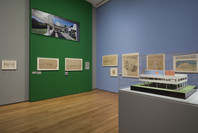The Villa Savoye, a weekend house outside Paris, is perhaps the finest example of Le Corbusier's early work. Le Corbusier, along with his cousin Pierre, planned the entire composition as a sequence of spatial effects. Arriving by automobile, the visitor drives underneath the house, circling around to the main entrance. From the entrance hall, he or she ascends the spiral stairs or the ramp to the main-level living area. The ramp continues from the central terrace to the upper-level sun deck. Sheltered by brightly colored wind screens, it is a perfect vantage point for savoring sunlight, fresh air, and nature.
In his famous book of 1923, Vers une architecture (Towards a New Architecture), arguably the most influential architecture book of the twentieth century, Le Corbusier declared houses to be "machines for living in." Villa Savoye, a white rectilinear volume on a flat landscape, celebrates Le Corbusier's belief that ideal, universal forms, although rooted in the classical tradition, were appropriate to architecture for the machine age. The design incorporates Le Corbusier's "five points of architecture," which he believed to be indispensable elements: pilotis (reinforced-concrete columns), the free plan, the free facade, horizontal bands of windows, and the roof garden.
This model was included in The Museum of Modern Art's first architecture exhibition, in 1932, which documented the various trends that came to be known as the International Style.
Publication excerpt from The Museum of Modern Art, MoMA Highlights, New York: The Museum of Modern Art, revised 2004, originally published 1999, p. 152.
